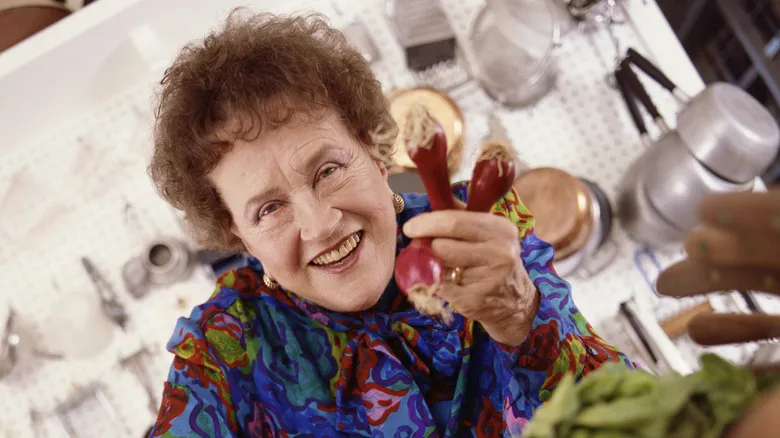Don't cook this in the microwave
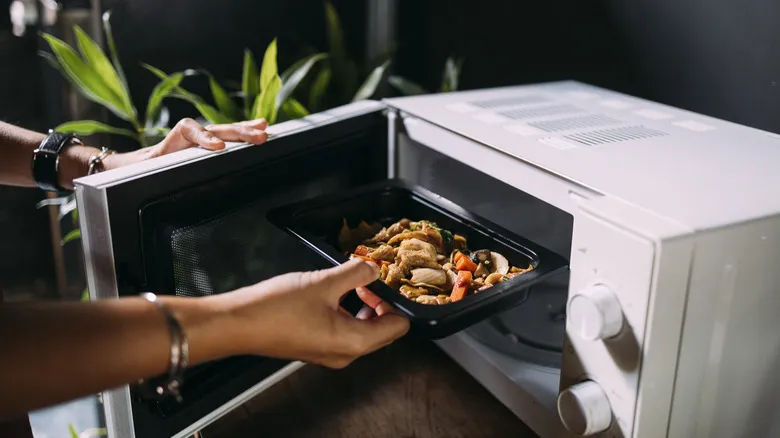
Julia Child's choice to start cooking baked potatoes in a microwave—albeit only for the initial few minutes—showcased her exceptional culinary skills. Microwaves often ruin baked potatoes, making them one of the foods you should reconsider before placing in the microwave. Essentially, the microwave cooks in a rather haphazard manner, with its waves striking the potato at random points. This results in some areas becoming extremely hot while others, just inches away, remain cool to the touch. While beginning the cooking process in the microwave can save time, Child found that it's best to finish the baking in a traditional oven.
However, baked potatoes aren't the only food items that suffer after a turn in the microwave. Bread, hard-boiled eggs, leftover pizza... you get the picture. This is due to the way microwave ovens heat food. The microwaves generated by the appliance bounce around inside, reflecting off the metal surfaces. These waves interact with the water molecules in the food or drink, causing them to vibrate. These vibrations generate the heat that cooks your meal. Additionally, microwaves cook food from the outside in, which is why certain areas of a baked potato (or other dishes) can remain undercooked. In fact, it's not typically the microwave that cooks the food's interior; rather, once the outer layers are heated, those hot sections then cook the rest.
The power of the microwave
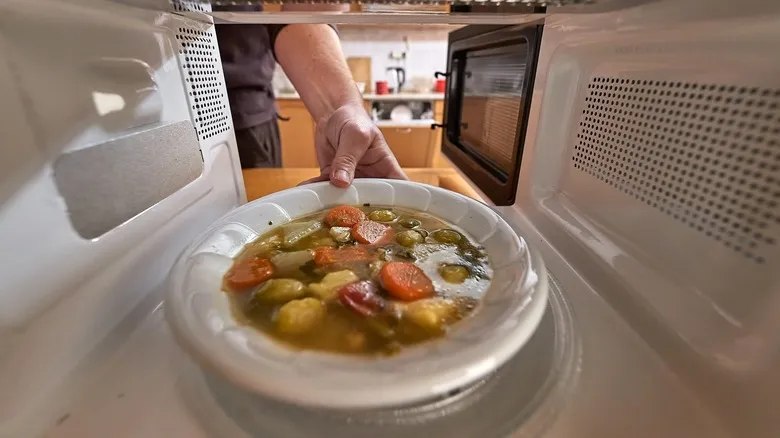
Julia Child's insights on cooking vegetables in the microwave are quite understandable, especially when you grasp the principles of microwave cooking. Fresh vegetables, with their high water content, heat up quickly in the microwave. In fact, within a short period, any fruit or vegetable placed in the microwave can become dehydrated, one 30-second interval at a time.
While this might initially seem negative, it’s really about knowing which foods are best suited for microwave cooking and which ones are better prepared using traditional methods. For instance, most people are aware that if you want to bake bread until the crust is crispy, the microwave isn't the ideal choice. However, if you're looking to heat soup, brew your afternoon tea, or whip up a mug omelet with ham, spinach, cheese, and diced peppers, the microwave is perfect for the job. These foods, rich in water or oil, respond well to the microwave's cooking power, making them a great match for this modern kitchen appliance. Contrary to popular belief, microwave ovens do not impart any harmful radiation to your food, nor do they contaminate your meals. Cooking with a microwave is simply about understanding which foods perform best in it, much like Julia Child discovered.
Recommended

Kitchen Tools That Were Popular 50 Years Ago But No One Uses Anymore
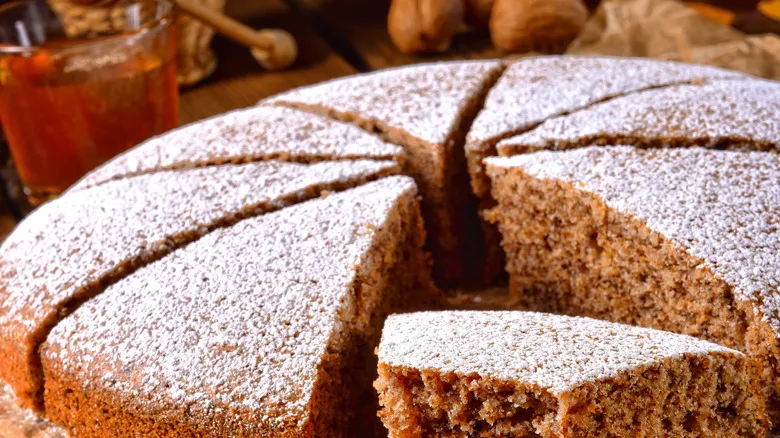
The Ancient Roman Origins Of Birthday Cake
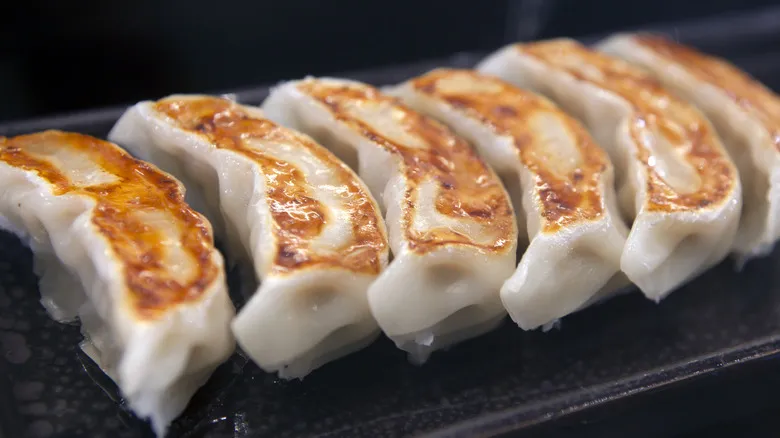
What Are Gyoza? Japan's Favorite Dumplings, Explained
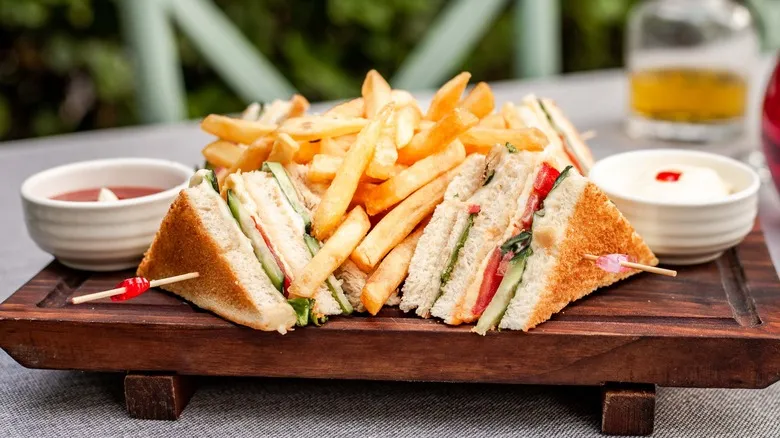
The Club Sandwich Was Created In An Exclusive Club, But Nobody's Sure Which One
Next up

